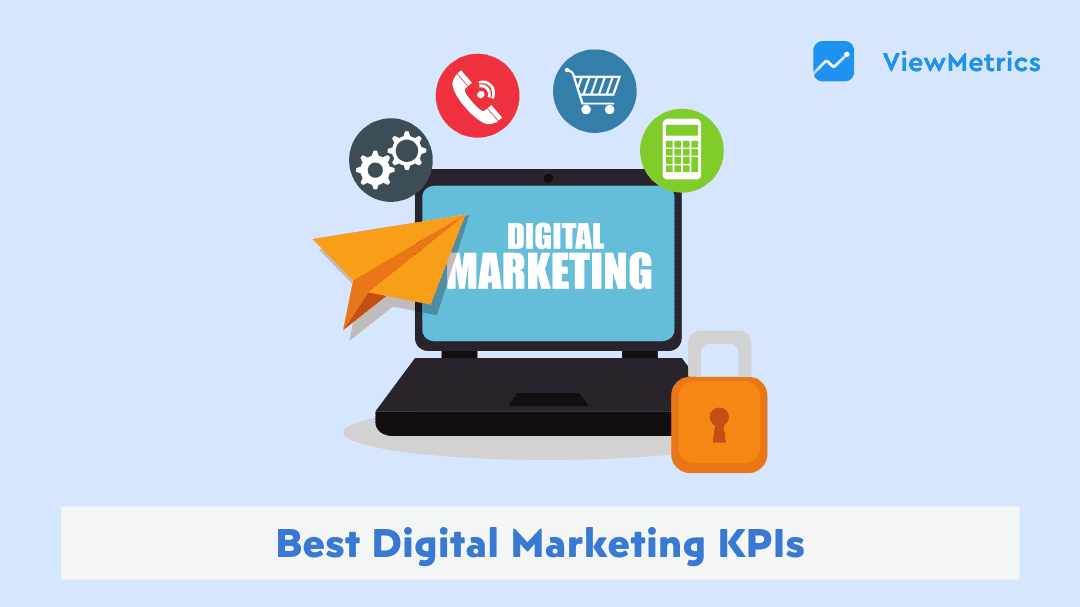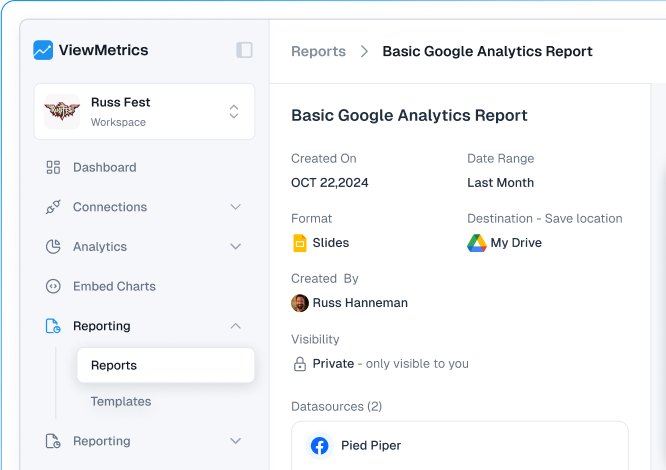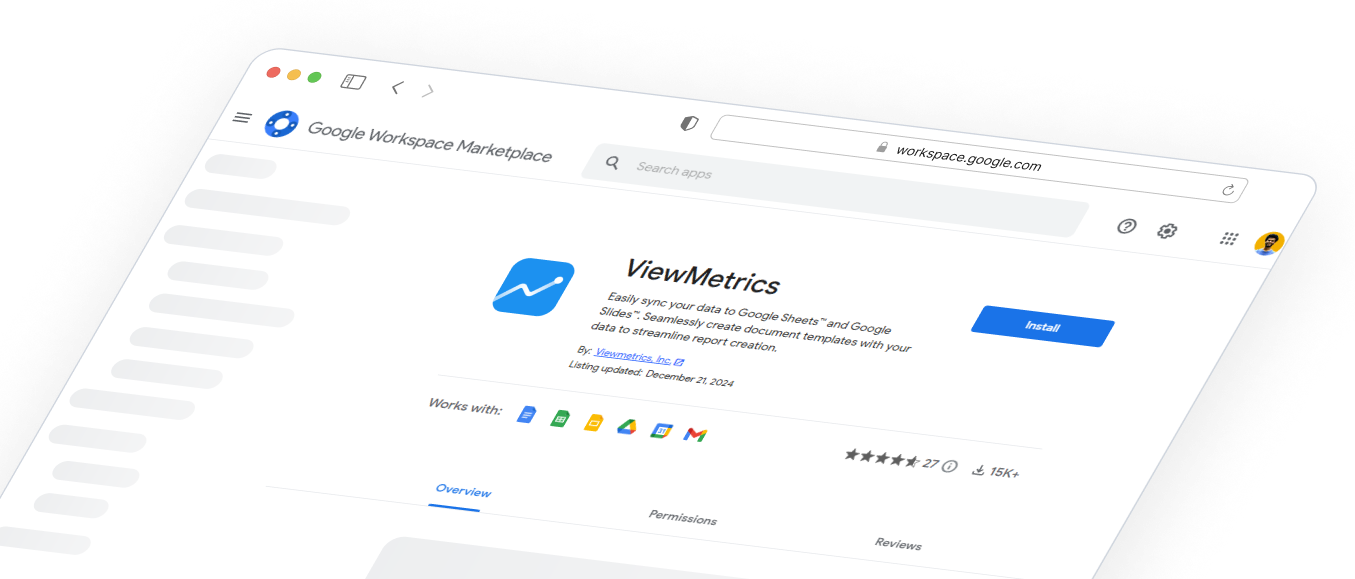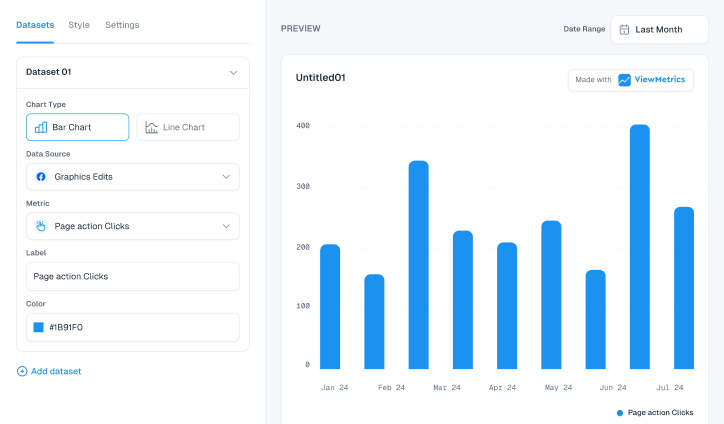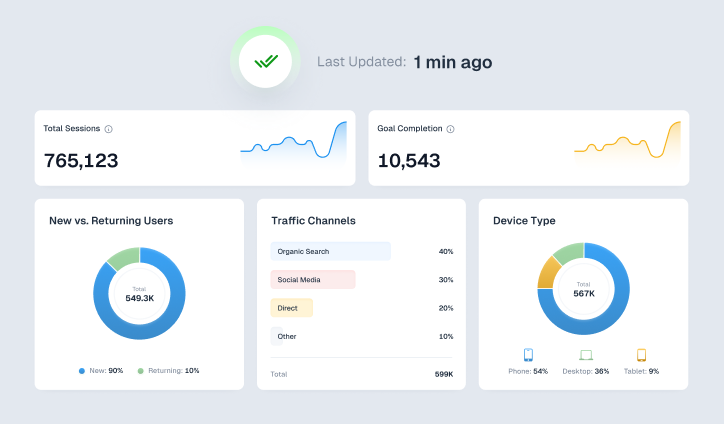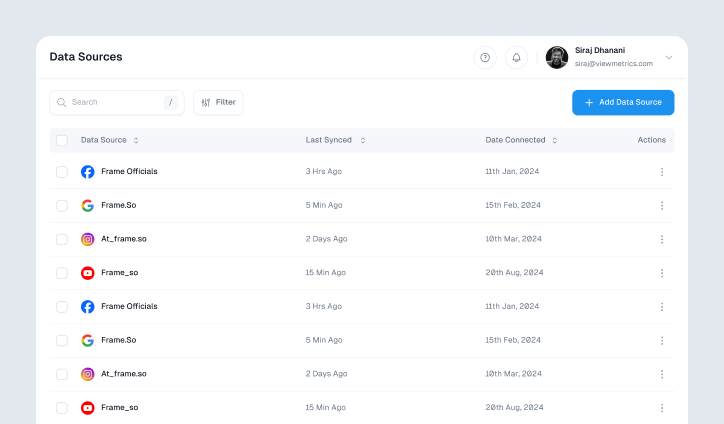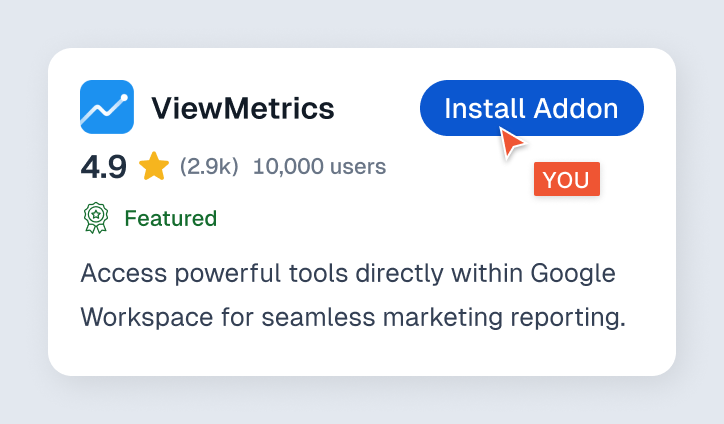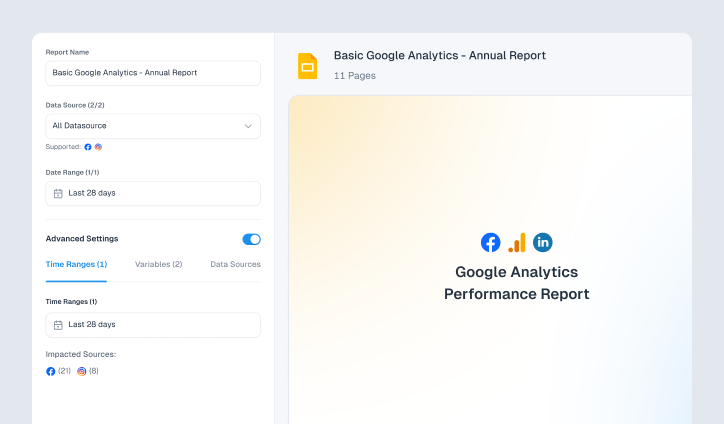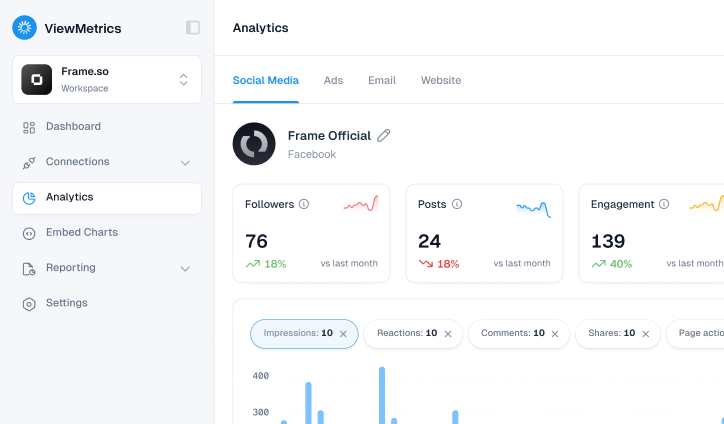Key Takeaways: Best Digital Marketing KPIs
- Digital marketing KPIs measure how effectively your campaigns meet your goals.
- Focus on metrics that align with your objectives, such as visibility, engagement, conversion, or ROI.
- Use tools like Google Analytics and ViewMetrics for accurate, real-time tracking.
- Keep optimising your strategy by reading your numbers. They rarely lie.
- The most important digital marketing KPIs tell you not just what’s happening but why.
When you are managing digital campaigns, numbers tell the real story. But not all numbers matter equally. Some show off vanity wins, such as likes or followers, while others reveal what’s truly working behind the scenes. That’s where digital marketing KPIs (Key Performance Indicators) come in.
These KPIs are your performance compass. They help you track what’s effective and fix what’s not. KPIs keep your strategy and ROI on track!
What are Digital Marketing KPIs?
KPIs for digital marketing are measurable values that show how well your campaigns are achieving their goals. They can track everything, from brand visibility and engagement to conversions and revenue growth.
In simple terms, KPIs tell you what’s working and what needs attention. For instance, if your click-through rate is high but conversions are low, you know your ad grabs attention, but your landing page needs work.
View All Your Marketing and Website Data — Instantly
Connect Instagram, Mailchimp, Google Analytics & more
Pre-built dashboards, no setup needed
Save hours on reporting every week
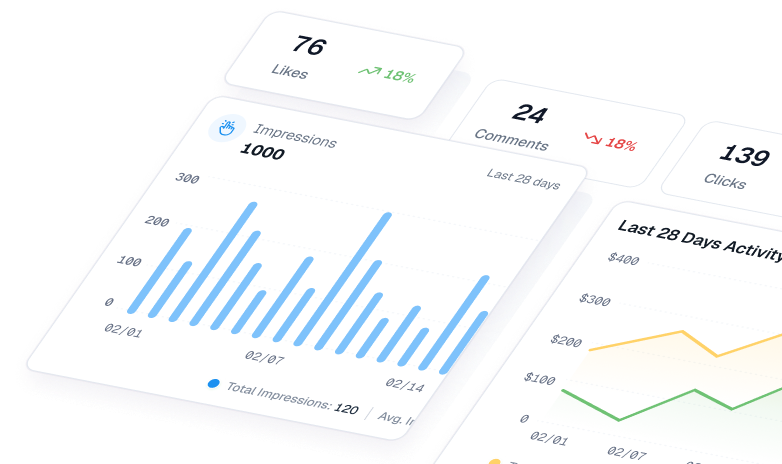
Best Digital Marketing KPIs
Check out some of the best KPIs for digital marketing. They are grouped by goal, so you can easily identify which metrics matter most for your specific campaign.
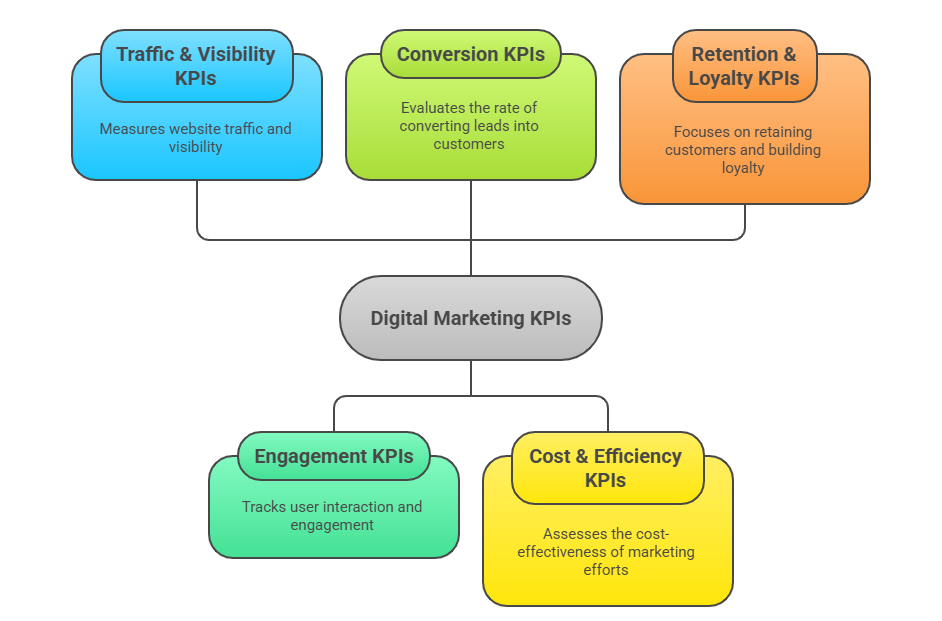
-
Traffic & Visibility KPIs
These KPIs tell you how visible your brand is online and how many people are actually discovering your business.
-
Website Traffic
Your website is your digital storefront. Measuring total visits (both paid and organic) gives you a clear idea of your overall reach. A sudden drop may mean your SEO or ad performance needs a tune-up.
-
Impressions and Reach
Impressions count how often your content appears, while reach tells you how many unique users saw it. Together, they reflect your visibility and brand awareness. It’s the first step in any conversion journey.
Related Read – What Is Reach in Digital Marketing: How to Calculate & Improve It
-
Search Engine Optimization (SEO) Metrics
Digital marketing metrics and KPIs like organic traffic, keyword rankings, and backlinks fall under this. Tracking them helps you understand how visible you are on search engines and whether your content strategy is hitting the mark.
-
-
Engagement KPIs
These KPIs tell you how visible your brand is online and how many people are actually discovering your business.
-
Click-Through Rate (CTR)
A strong CTR shows your messaging resonates with your audience. It indicates how many people clicked on your ad, post, or email out of those who viewed it.
-
Bounce Rate
If users leave your site after one page, it might mean your content didn’t meet their expectations or your site needs better navigation.
-
Engagement Rate
These KPIs in digital marketing measure overall user involvement, including likes, comments, shares, or saves. A higher rate means your content is relevant and sparks interest.
-
Social Media Engagement (Likes, Shares, Comments)
Every like or share is a small endorsement of your brand. Tracking these interactions helps you identify what content your audience enjoys most.
-
Email Marketing Metrics (Open Rates, Click Rates)
If you send newsletters or campaign emails, these numbers reveal how engaging your subject lines and CTAs are. High open and click rates indicate strong audience trust and connection.
Related Read – Email Marketing KPIs: 17 Key Metrics to Track
-
-
Conversion KPIs
At the end of the day, marketing is about results. It’s about leads, sales, and signups. These KPIs show whether your strategies actually drive conversions.
-
Conversion Rate Optimization (CRO)
Your CRO measures how effectively you turn visitors into customers. Small tweaks like better CTAs or simplified checkout pages can lift this number significantly.
-
Conversion Rate From Organic Traffic
It’s great to bring users to your site. However, what they do once they are on your page is equally critical. Thus, conversion rate is one of the most important digital marketing KPIs as it shows how well your SEO-driven visitors convert compared to paid traffic.
-
Marketing Qualified Leads (MQL)
These are potential customers who’ve shown real interest in your brand by downloading a guide, signing up for a demo, or engaging with multiple touchpoints.
-
Cost Per Lead (CPL)
This metric tells you how much you are spending to generate one qualified lead. To understand it better, check out our detailed guide on what CPL is.
-
-
Cost & Efficiency KPIs
Efficiency is key when budgets are tight. These digital marketing KPIs and metrics help you assess how wisely you spend your marketing dollars.
-
Cost Per Click (CPC)
CPC measures how much you pay each time someone clicks your ad. A lower CPC with steady conversions signals that your targeting and creative are performing well.
-
Customer Acquisition Cost (CAC)
This KPI shows how much it costs to gain a new customer. Keeping CAC low while maintaining high-quality leads is the sweet spot every marketer aims for.
-
-
Revenue & Profitability KPIs
These digital marketing KPIs help you see the direct financial impact of your marketing.
-
Return on Ad Spend (ROAS)
ROAS shows how much revenue you earn for every dollar spent on ads. It’s one of the most important digital marketing KPIs for paid campaign success.
-
Return on Marketing Investment (ROI)
ROI gives you the bigger picture, measuring overall returns from all marketing channels combined. It’s your ultimate profitability checkpoint.
-
Customer Lifetime Value (CLV)
CLV estimates how much total revenue a customer brings during their entire relationship with your brand. It helps guide your retention and upselling strategies.
-
-
Retention & Loyalty KPIs
Acquiring customers is great, but keeping them is better.
-
Net Promoter Score (NPS)
NPS measures customer satisfaction and loyalty by asking a simple question. “How likely are you to recommend us?” It’s a powerful indicator of brand advocacy and long-term retention.
-
Tools to Track Digital Marketing KPIs
Tracking all these digital marketing KPIs and metrics manually can be overwhelming. The good news? Some tools simplify everything.
-
Google Analytics
Google Analytics is perfect for tracking website traffic, bounce rates, and conversions from both organic and paid sources. It offers detailed insights into user behavior and acquisition channels. You can learn more about it in our guide on how to set up Google Analytics.
-
SEMrush / Ahrefs
These tools are ideal for monitoring SEO performance, from keyword rankings to backlinks and site health. They help you spot opportunities to grow organic visibility.
-
Social Media Platforms (Facebook Ads Manager, LinkedIn Analytics, etc.)
Every platform comes with its own analytics dashboard. Here, you can monitor engagement, impressions, and even ad performance to fine-tune your content strategy.
-
Email Marketing Platforms (Mailchimp, HubSpot, etc.)
These tools make it easy to track open rates, click rates, and conversion metrics. They also let you segment your audience to personalize communication for better results.
-
Third-party Analytics Tools
Tools like ViewMetrics offer automated, unified reporting. You can connect all your channels and track every KPI in one intuitive dashboard. This makes it simpler to visualize performance and make smarter marketing decisions, especially through an integrated KPI dashboard.
Measuring your marketing performance doesn’t just include collecting data. You’ve got to understand the story that data tells. The right KPIs in digital marketing help you make confident, informed decisions that push your brand forward.
And if tracking everything across multiple platforms feels like juggling too many balls, tools like ViewMetrics are built to make life easier.

